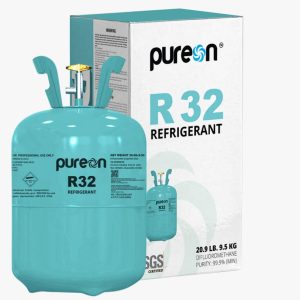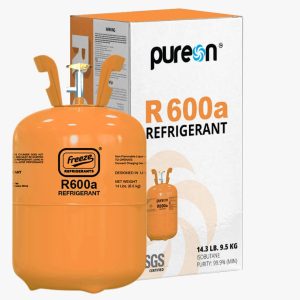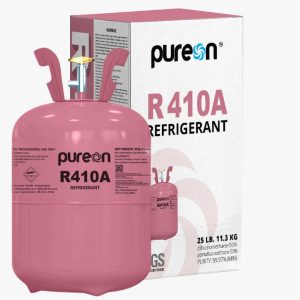Description
Overview of R-134a Refrigerant
R-134a (Tetrafluoroethane) is a hydrofluorocarbon (HFC) refrigerant commonly used in automotive air conditioning, commercial refrigeration, and stationary cooling systems. Introduced as an eco-friendly replacement for ozone-depleting R-12 (CFC), R-134a has been a mainstream refrigerant since the 1990s. While it does not harm the ozone layer, its high Global Warming Potential (GWP) has prompted phasedowns in favor of newer, lower-GWP alternatives.
Key Features & Benefits
Environmental Profile:
Zero Ozone Depletion Potential (ODP): Unlike older CFCs, R-134a does not deplete the ozone layer.
High GWP: With a Global Warming Potential of 1,430, R-134a faces regulatory restrictions under initiatives like the EU F-Gas Regulation and U.S. SNAP Program.
Performance:
Stable, non-flammable (ASHRAE safety class A1), and compatible with common materials in AC systems.
Efficient in moderate-temperature applications, such as automotive AC and domestic refrigeration.
Applications:
Automotive air conditioning (primary use until recent shifts to R-1234yf).
Commercial refrigeration (e.g., supermarket display cases, chillers).
Medical refrigeration and heat pumps.
Regulatory Status & Transition
Phasedowns: Many regions are limiting R-134a due to its high GWP. The EU bans its use in new car AC systems since 2017, replaced by R-1234yf (GWP < 1).
Alternatives: Emerging options include hydrocarbons (R-290, R-600a), HFOs (R-1234yf, R-513A), and natural refrigerants (CO₂).
Safety & Handling
Classified as A1 (non-flammable, low toxicity), making it safe for routine use with proper handling.
Requires recovery and recycling to avoid emissions during servicing.
Future Outlook
While R-134a remains prevalent in existing systems, its role is diminishing as industries adopt ultra-low GWP alternatives. Retrofitting older equipment and responsible disposal are critical during this transition.
R-134a played a pivotal role in eliminating ozone-depleting refrigerants but is now being phased out due to climate concerns. Businesses and consumers are encouraged to transition to newer, sustainable refrigerants while ensuring compliant handling of existing R-134a systems.

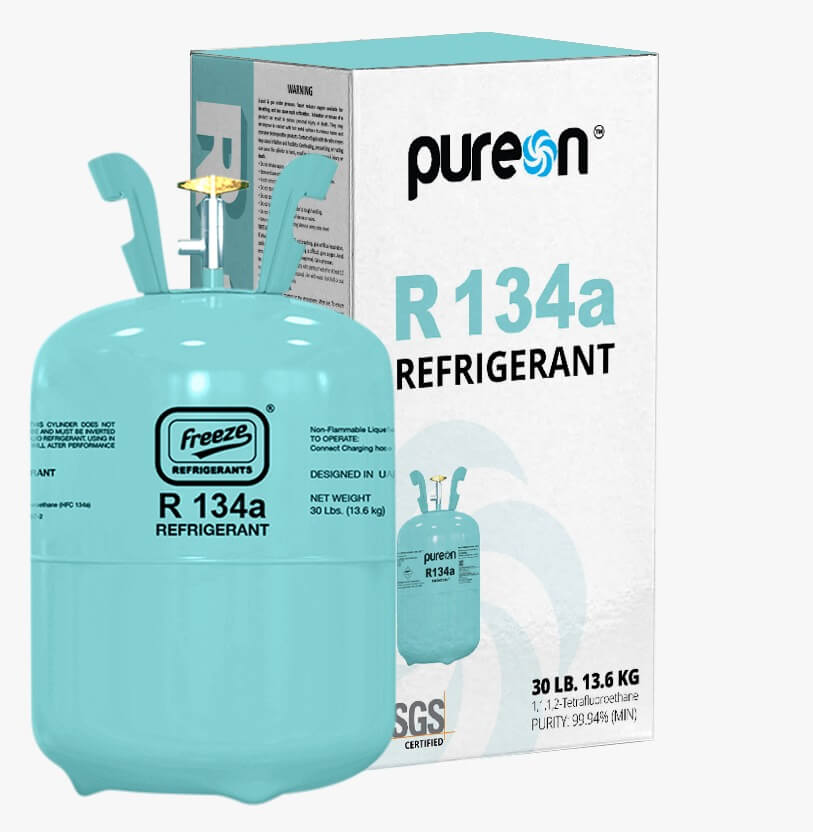
 Disposable Canisters
Disposable Canisters Refillable Cylinders
Refillable Cylinders Tonner
Tonner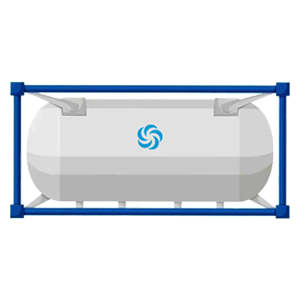 ISO Tank
ISO Tank